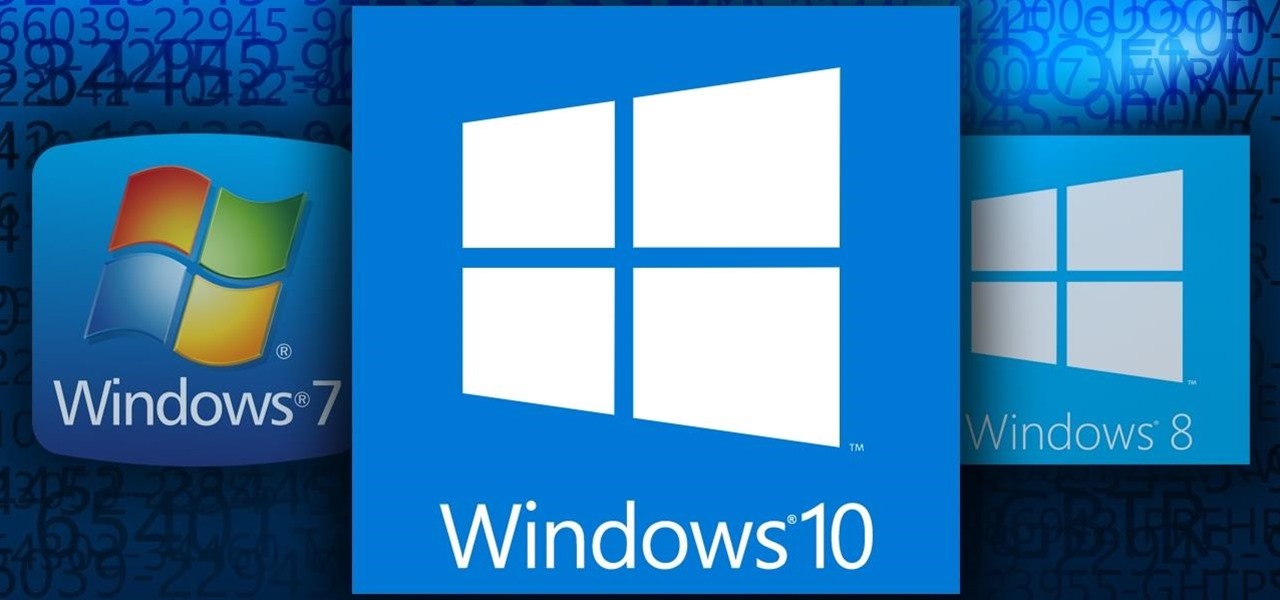Microsoft Windwos 7 / 8 / 10

Windows 7
On July 22, 2009, Windows 7 and Windows Server 2008 R2 were released as RTM (release to manufacturing) while the former was released to the public 3 months later on October 22, 2009. Unlike its predecessor, Windows Vista, which introduced a large number of new features, Windows 7 was intended to be a more focused, incremental upgrade to the Windows line, with the goal of being compatible with applications and hardware with which Windows Vista was already compatible.Windows 7 has multi-touch support, a redesigned Windows shell with an updated taskbar, a home networking system called HomeGroup, and performance improvements.
Windows 8 and 8.1
Windows 8, the successor to Windows 7, was released generally on October 26, 2012. A number of significant changes were made on Windows 8, including the introduction of a user interface based around Microsoft’s Metro design language with optimizations for touch-based devices such as tablets and all-in-one PCs. These changes include the Start screen, which uses large tiles that are more convenient for touch interactions and allow for the display of continually updated information, and a new class of apps which are designed primarily for use on touch-based devices. Other changes include increased integration with cloud services and other online platforms (such as social networks and Microsoft’s own OneDrive (formerly SkyDrive) and Xbox Live services), the Windows Store service for software distribution, and a new variant known as Windows RT for use on devices that utilize the ARM architecture. An update to Windows 8, called Windows 8.1, was released on October 17, 2013, and includes features such as new live tile sizes, deeper OneDrive integration, and many other revisions. Windows 8 and Windows 8.1 has been subject to some criticism, such as removal of the Start menu.
Windows 10
Main article: Windows 10
On September 30, 2014, Microsoft announced Windows 10 as the successor to Windows 8.1. It was released on July 29, 2015, and addresses shortcomings in the user interface first introduced with Windows 8. Changes include the return of the Start Menu, a virtual desktop system, and the ability to run Windows Store apps within windows on the desktop rather than in full-screen mode. Windows 10 is said to be available to update from qualified Windows 7 with SP1 and Windows 8.1 computers from the Get Windows 10 Application (for Windows 7, Windows 8.1) or Windows Update (Windows 7).
On November 12, 2015, an update to Windows 10, version 1511, was released. This update can be activated with a Windows 7, 8 or 8.1 product key as well as Windows 10 product keys. Features include new icons and right-click context menus, default printer management, four times as many tiles allowed in the Start menu, Find My Device, and Edge updates
In February 2017, Microsoft announced the migration of its Windows source code repository from Perforce to Git. This migration involved 3.5 million separate files in a 300 gigabyte repository. By May 2017, 90 percent of its engineering team now uses Git, in about 8500 commits and 1760 Windows builds per day.
|
4 Weeks
|
28 Lessons
|
16 Hours
|
Microsoft Windwos 7 / 8 / 10
|
You can register online
[huge_it_forms id=”4″]





